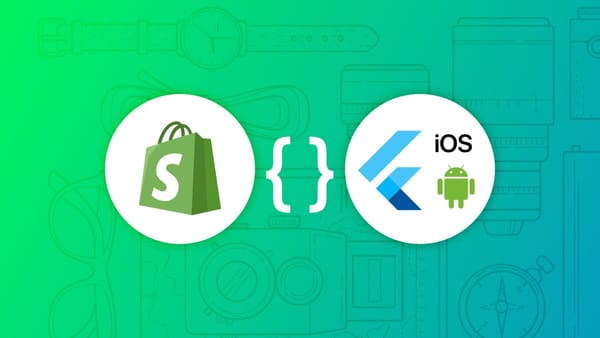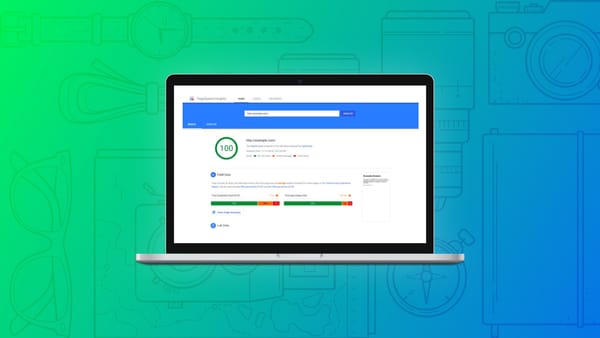Bye-bye Joomla, Hello Shopify
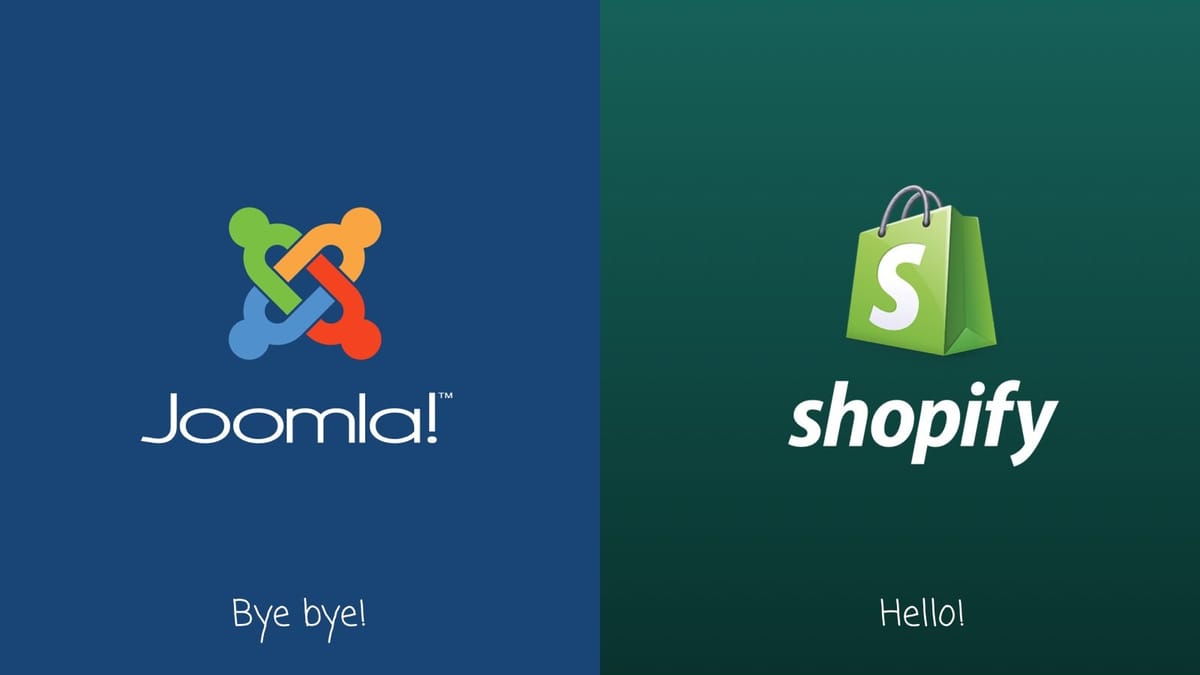
More than a decade has passed since we released our first theme (February 2008, to be more precise), and after “crafting” more than 150 Premium/Free Joomla Themes plus serving 25,000+ customers, we have decided to change course by switching our platform from Joomla to Shopify.
Why we decided to move away from Joomla
There are two main reasons which ultimately shaped our decision.
First and foremost was the lack of inspiration and the desire to try something new. Each month, we kept our promise to our clients by delivering a new Premium Joomla Theme. Even though the scopes were different (hotels, cinemas, news, blogs, restaurants, multi-purpose, etc), the process was basically the same. We consider ourselves artists in our field, with a great passion for providing unique designs that are beautiful and professional at the same time, but during our last months working with Joomla, we felt the need to pursue a different path, one that could give birth again to our creativity.
The other reason that influenced our decision was the graphic below from Google Trends. It indicates the interest in Joomla from its beginning (circa 2005) until today (2020).
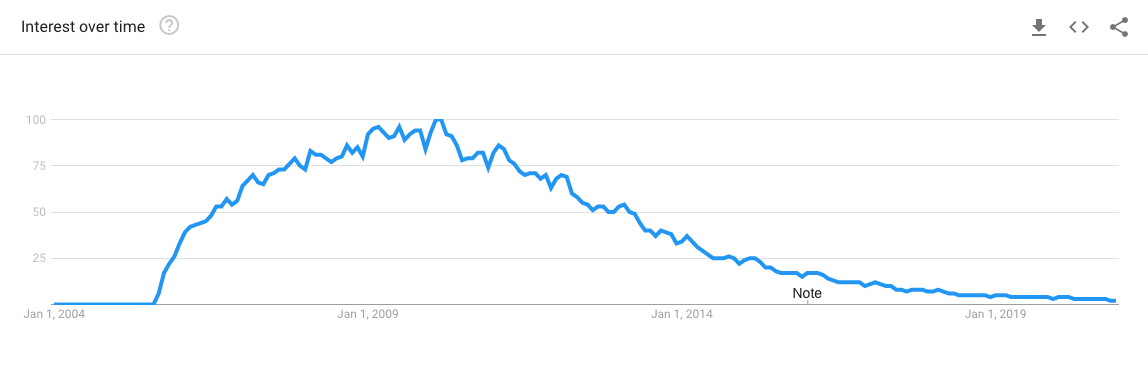
As you can see from the screenshot above, Joomla reached its peak moment around 2010 and then began to decline gradually. Why is it declining, you may ask? That's a good question and a difficult one to answer. Based on our observations, we believe the following three points were the main factors.
- Slowly releasing updates
- The lack of innovation
- Not being profitable
We are not going to examine each of the points in detail, as they are outside of the scope of this blog post, but what I think is interesting to add is that all the points listed above are interconnected.
So, as you may already know, Joomla is a non-profit, open-source content management system (CMS). The people behind it are primarily volunteers (presumably, they are not paid) since they are not paid (3rd point), have other projects that they must follow, leaving very little time for their Joomla volunteer work (1st point), and since work very few hours with Joomla, they can not possibly think on innovation but rather to solve bugs or to do what it’s mandatory to do at the given moment.
On the other hand, it is essential to note that we also loved some Joomla values, like how extensible and powerful it is to set up any website with it. You could have a robust forum or even an e-commerce store with just one installed extension. Another exciting feature we liked was its simplicity. Newbies getting their hands on Joomla for the first time always seemed to like the process and didn’t have any issues whatsoever with their websites.
Why we chose Shopify over other platforms
E-commerce has always been at the top of our list. Our most-sold Joomla themes were, in fact, the ones that have the shop functionality built-in with an external extension like Virtuemart, JoomShoping, etc. Just for the Virtuemart component alone, we have built six different themes. We have robust knowledge and experience in e-commerce, and we seem to enjoy solving all the unique “puzzles” that each E-commerce project provides.
WordPress was on the other part of the spectrum. To be sincere, we developed some projects with WP, but we feel the market is already full of WordPress theme providers. A long timeframe is needed (around 1-2 years). Plus, we want to pursue something different and WordPress it’s somehow on the same “wavelength” as Joomla, through that it has surpassed Joomla in popularity and it’s still going strong. Just for our curiosity, let’s see a Google trend graphic for WordPress,
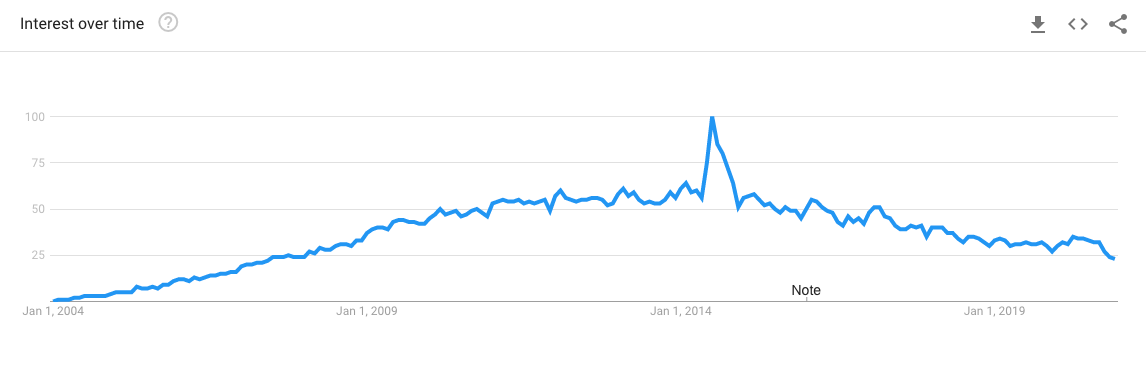
As you can see from the graphic above, WordPress reached its peak in the middle of 2014 (I'm not sure about that big change). Even though it’s looking like a small decline in popularity, we believe WP is still doing well, especially with the release of v5.6, which marked some really big improvements.
So, with our desire to try something completely new, we got our hands on Shopify. This decision was, in fact, based on three big points that we believe differentiate Shopify from its competitors and ultimately have a huge impact on its current and future market share.
- It’s self-hosted.
- Always growing and innovating
- Full e-commerce solution
Before exploring the points listed above, let’s examine the Shopify Trend Graph over Shopify Trend Graph its lifetime and try to understand it.

Compared to the previous graphs for Joomla and WordPress, the Shopify Trend Graph clearly indicates a different type of conclusion.
Shopify is growing fast, and it’s quickly growing its market share with the peak point in the middle of the Covid-19 pandemic lockdown time (May 2020). This period, which for most of the local businesses was a difficult one that needs to be left behind as soon as possible, is a completely different story for e-commerce businesses like Shopify. According to Shopify’s official blog post, just for Black Friday 2020 (until Cyber Monday), Shopify stores collectively generated an astonishing 5.1 billion USD in revenue, an increase of 76% (2.9 billion USD) from the last year.
With this kind of revenue, Shopify has announced that it will invest heavily in its platform, especially the workforce. Recently, they announced that they would double their engineering team to 4,000+ members as a major step “to dominate the E-commerce business fully.” Despite the “luck” with the Covid-19 period, it’s growing rapidly in line with its envisioned idea: “All-in-one commerce platform to start, run, and grow a business.”. And they are doing pretty well, with an amazing 1 million businesses already running on their self-hosted platform.
Going back to the three points listed above, I think it is important to examine them further and gain some more insights.
1- Shopify it’s self-hosted
By self-hosted, we mean that you don’t need to install anything on your servers, which is a completely different approach from other platforms like Joomla and WordPress, where you need to purchase and configure a server to handle the code and database. I think this approach works best, especially for newbie users with little or no technical skills, as they can get their stores up and ready for business quickly.
Also, you don’t have to worry about site performance and other hosting-related issues, commonly found on Joomla and WordPress sites. You can sleep well knowing that someone professional on the Shopify team is doing this job for you and making sure that your shop is working 99.99% of the time.
However, this approach has a slight disadvantage for developers, as we work daily with Shopify themes and app development. You can not work locally but through the online Shopify platform. Usually, with Joomla or WordPress, you can get the latest copy, install everything on your local host, and build until you have finished and are ready to push on your server. Working through localhost is faster than through uploading/downloading continuously. Shopify has tried different approaches to this matter, but until the time of writing this blog post, there is no stable way to go about it.
2- Shopify it’s constantly growing and innovating
As mentioned above, with Shopify’s recent announcement to double its engineering team in 2021, it likes to make “big bets” on growth. For most users, Shopify might be an e-commerce platform to open a new shop. Still, Shopify’s vision is to dominate E-commerce with a range of products, from emailing and shipping to financial services. Also, it has its capital program in place, Shopify’s vision is to dominate E-commerce which offers cash advances to small and medium businesses.
If you were to follow the official Shopify announcement blog, you would notice that they release new product updates every month and make many improvements on their e-commerce platform. The new feature released recently from Shopify which I personally enjoy more, it’s their new Live View Reporting tool, that shows you the exact number of customers that are interacting with your store in real-time, along with a daily overview of store’s visits, orders, and sales.
3- Shopify is a complete e-commerce solution
We have already covered some aspects related to this point. What is interesting to add here is an overview of Shopify’s sales channels. You can expand your sales and hopefully your profits in four different ways, which are described as follows:
- Online store, sell online with an e-commerce website
- Point of sale, sell in-person at retail locations, pop-ups, and more
- Buy Button, add e-commerce to any website or blog
- Sales channels: sell on social media, online marketplaces, and more
Shopify has one platform, but it allows you to sell wherever your customers are: online, in‑person, and everywhere.
Also, Shopify offers a wide range of services built into its platform to help you on the marketing side. From blogging and SEO tools to email newsletters and Facebook ads integration, you can be sure it has almost all the necessary features to handle your shop marketing campaigns professionally and to help you attract the right audience for your e-commerce shop.
We hope you enjoyed this blog post. Feel free to let us know your thoughts in the comments section below.


